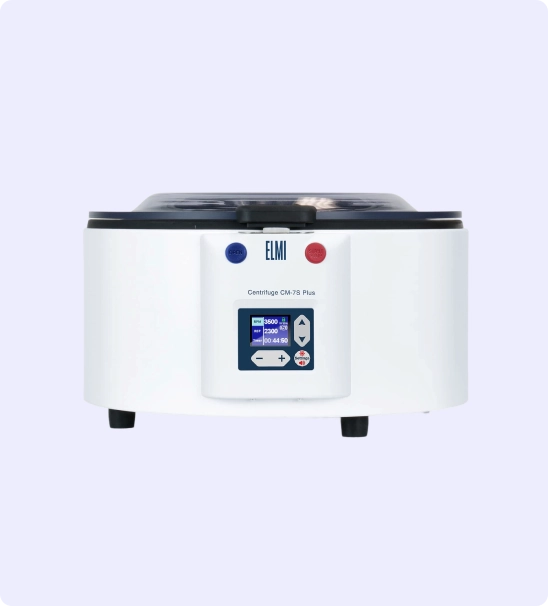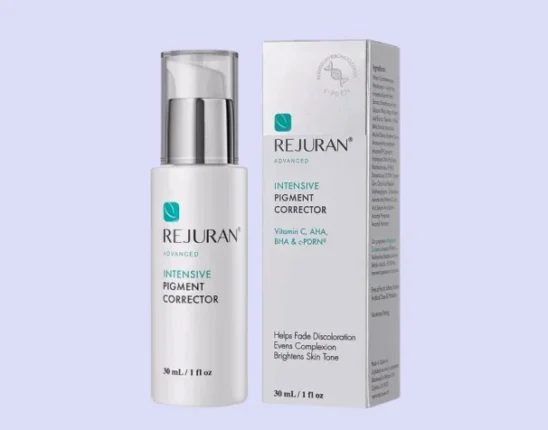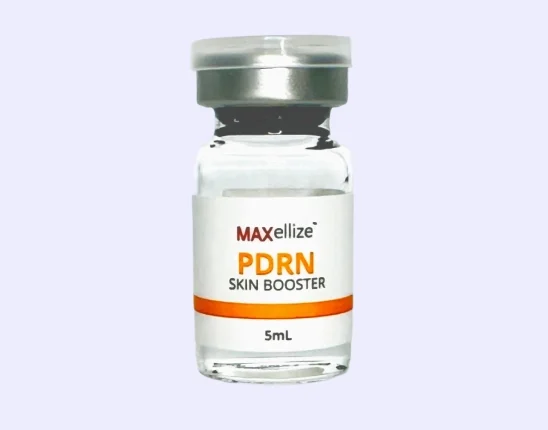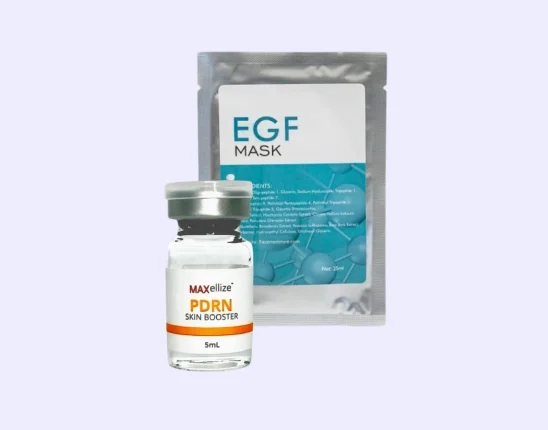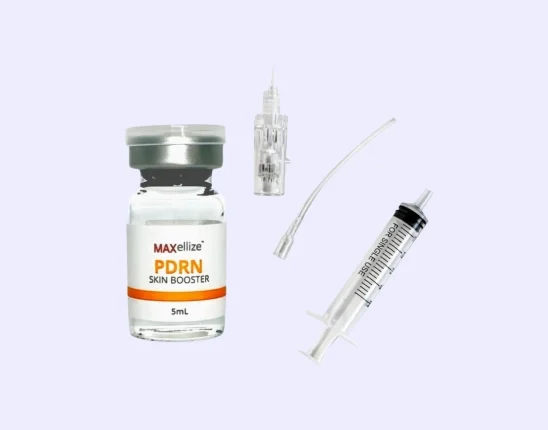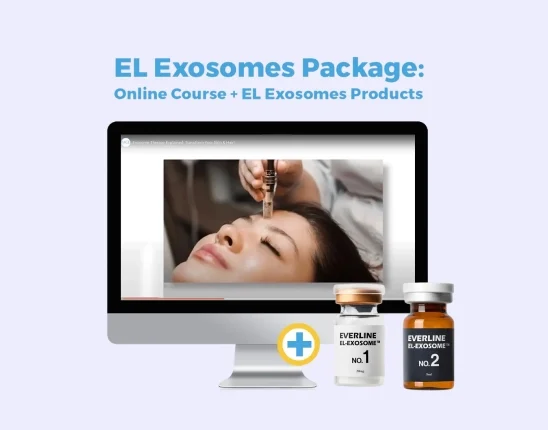Platelet-rich plasma (PRP) injections have grown in popularity over the past couple of years. With PRP injections showing a lot of potential in stimulating soft tissue growth, many specialists are now offering them in clinics and centers. But like with any clinical procedure, you should know if the people injecting plasma into your body are qualified.
So which professionals are qualified to perform a PRP injection? Many medical doctors and allied health professionals undergo training to become certified. Some undergo a specialized training course or immersion sessions with a qualified doctor. You can ask your provider if the person administering your injection has the right skills and qualifications.
Get a Properly Trained Specialist for PRP
Although PRP facial injections are more widely available these days, not all doctors are equipped with the proper tools and knowledge to administer the procedure. Before you undergo a PRP injection, you need to see your general practitioner first. They will assess the benefits and risks of the procedure. Once they’ve cleared you for the injection, they may refer you to a specialist—unless they’re already capable of administering it by themselves.
Not all PRP-trained doctors can inject PRP for your condition. For instance, a dermatologist will have training about skin and hair conditions but not musculoskeletal issues. They can administer a procedure for the hair, but not one targeted at joint pain. Don’t hesitate to ask your provider questions for more information.
1. Registered Nurses
Registered nurses and nurse practitioners can administer PRP injections if they underwent special training for the procedure. Nurse training programs for PRP treatment begin with the fundamentals and benefits of the process. The trainees will then observe doctors already experienced in PRP therapy. After finishing the program, the nurses are ready to deliver the injections to patients by themselves.
2. Doctor’s Assistants
Doctor’s assistants typically assist physicians in drawing blood from the patients. But in some areas, certified doctor’s assistants can directly administer the injections. The physician stays inside the room to observe and guide the assistant.
3. Dentists
Some dentists are now using PRP injections to address chronic pain and discomfort in the jaw. PRP is also said to stimulate the regeneration of soft tissue, which may help accelerate healing after oral surgery. Like other doctors, dentists will obtain a plasma sample from the body using a centrifugation device. The PRP will then be used for aftercare post-surgery to lessen the risk of infection.
4. Medical and Osteopathic Doctors
Doctors are still the most common professionals who administer PRP injections. Besides their knowledge and expertise of human health, physicians are capable of precise injections into critical areas, like the knee joints. Many doctors can administer PRP injections without external imaging equipment. In some instances, an X-ray may be requested to ensure the accuracy of the injection.
There are also doctors certified in prolotherapy—an injection technique used in treatment methods for inflammation. It’s not necessary for a doctor to be a prolotherapist to conduct a PRP injection, although your doctor may give you a referral. Many surgeons use PRP on their own as part of an osteoarthritis treatment plan for patients.
What to Expect After a PRP Injection
Platelet-rich plasma injections make use of the body’s own blood growth factors to encourage tissue growth in a particular area. Since the solution comes from the patient’s body, there is a very minimal risk of a rejection response from the body. The relative safety of a PRP injection is one of the reasons why it’s becoming one of the most popular procedures for joint and hair issues.
But once a professional has treated you using PRP, there is still a chance of small side effects happening during the healing process. These usually go away within a couple of days or weeks. If you experience any debilitating sensations, such as pain or fever, contact your healthcare provider right away.
1. Soreness
After the procedure, you might feel soreness around the treatment site. This feeling might persist for a couple of hours. If you still feel sore after two weeks, contact your doctor right away. Avoid self-medicating with ibuprofen or aspirin, as these drugs may cause adverse reactions.
GET MEDICAL-GRADE BLOOD COLLECTION NEEDLES AT 20% OFF WITH CODE “20OFF” ON YOUR FIRST ORDER.
Stock up on blood collection needles and other medical and aesthetic supplies with FACE Med Store. Checkout today and get 20% off your order.
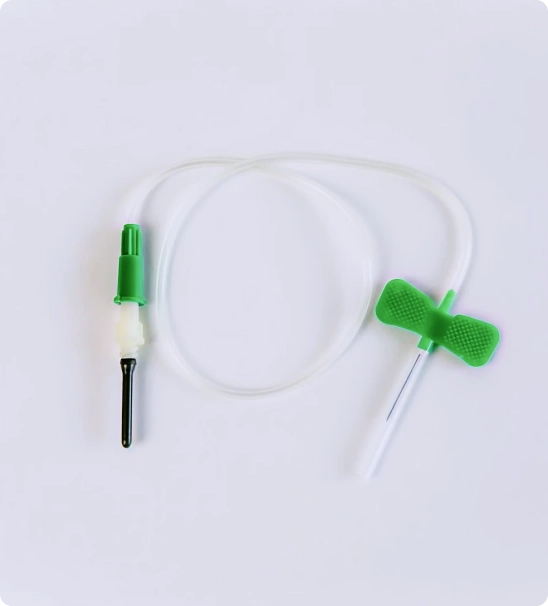
2. Light Bruising
Around 24 to 48 hours after the procedure, you may notice light bruising near the injection site. These may last for 1 to 10 days. Although a common reaction to the injection procedure, you can apply a warm compress to lessen the bruising.
3. Mild Pain
The procedure is usually painless due to the application of a local anesthetic. But for 1 to 2 days after the procedure, you may feel pain in the injection site because of wound healing. Taking a dose of Tylenol can help with discomfort. Don’t take non-steroidal anti-inflammatory drugs like aspirin or naproxen.
Make sure to consult with your doctor about any medicine to ensure safety. Some drugs contain ingredients that may cause constipation. Drinking more water and sticking to a fiber-rich diet will help make bowel movements easier. Avoid strenuous exercise and movement in the first few weeks after the procedure, as these may interfere with your healing.
Pain typically lasts for 2 to 3 days. If you still feel pain after 2 weeks, notify your healthcare provider immediately. They may prescribe you medication to encourage faster recovery.
4. Infection
There is a slight risk of infection after a PRP injection. In rare cases, some patients may develop an infection around the treatment area. Watch out for the hallmarks of infection—including pus, fever, and intense pain.
If you notice any signs of infection, tell your provider right away. Treatment against infection will need a course of antibiotics. Don’t attempt to self-medicate as this can encourage antibiotic resistance.
Find the Best Hair Care and Medical Supplies at FACE Med Store
Although platelet-rich plasma injections are popular, it helps to know which professionals are capable of administering the procedure. Without the right team behind your therapy session, you may not receive the right amount of treatments and care during and after your injection.
FACE Med Store is the best place to find hair care and medical supplies. Our products are of high quality and have been proven safe. With competitive prices and responsive customer support, you can easily find which items you need for your treatment plans. For more information about PEP Factor and our other products, get in touch with us today.
